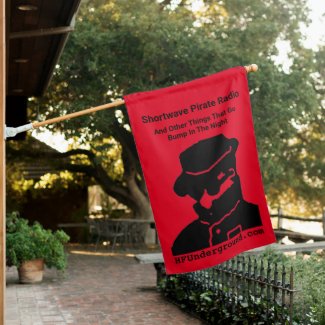It would depend upon the quality of the audio and its bandwidth going into the transmitter and of course the transmitters output, the frequency of operation determines pretty much who will hear a given signal more so than its quality of audio. That being said, a poorly propagating frequency will make for weak and/or fading audio to the listener, with fading causing loss of carrier or sideband, hence distortion in an am product detector if such is employed by the receiver. Using a synch detector or manual ecssb at the receiver will likely maximise audio quality of received am signals and reduce the effects of fading, but you don't have any control over what the receiver employs for demodulation. Given the two freqs, use the lower at evenings/night/mornings and the higher during daylight hours. If you just want to cover a few hundred miles locally, use a low to the ground dipole on the lower freq 24/7 and be done with it. For more distant coverage, use the higher freq and a vertical antenna for lowest radiation angle. Just some thoughts on the subject.



